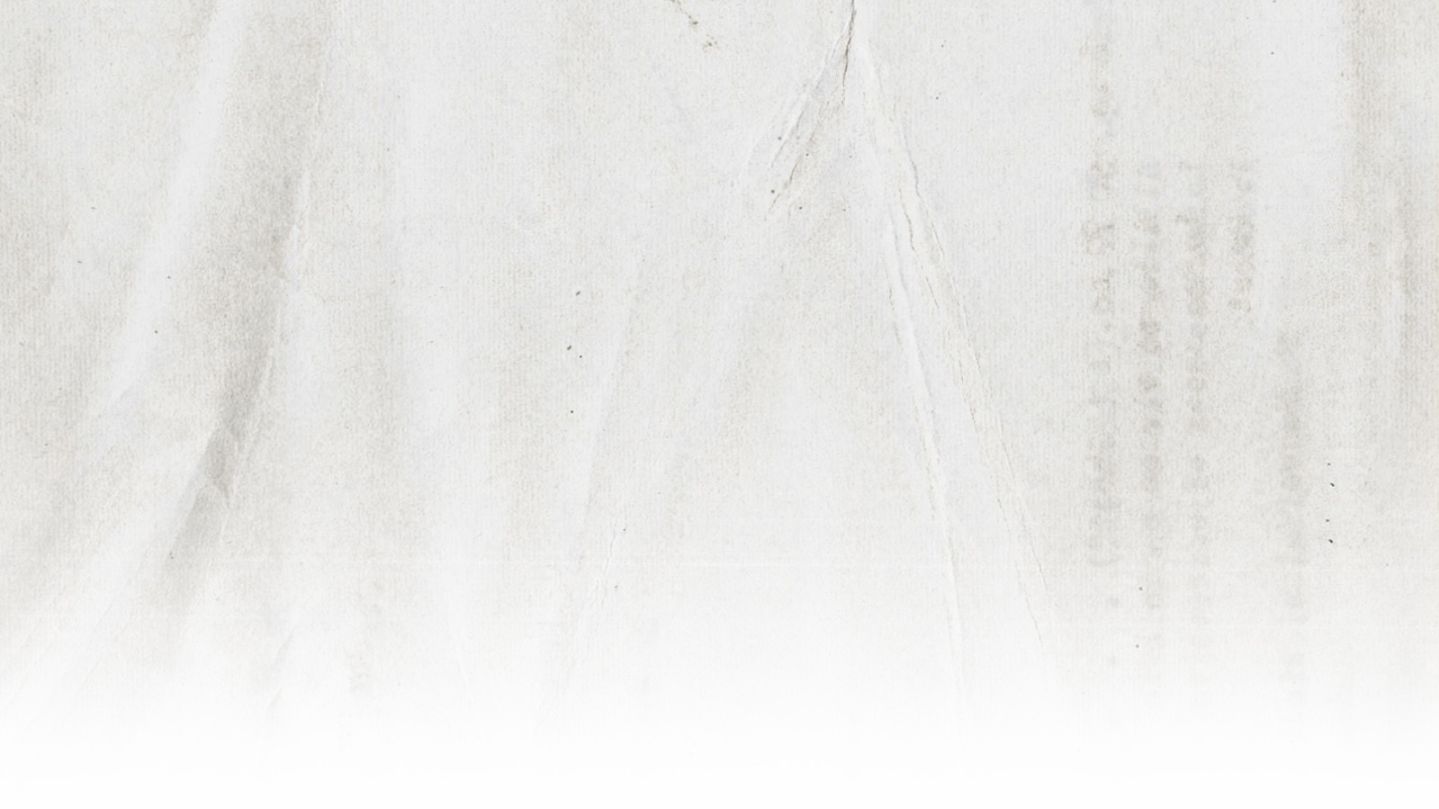
Not one to initiate a visit to a photography gallery, Abraham Lincoln nevertheless was an accommodating subject whose portraits showed the progression of his career. This photograph by Nicholas H. Shepherd was taken in Springfield, Illinois, probably in 1846. It is the earliest known photograph of Lincoln and one of 114 portraits in the book, "The Photographs of Abraham Lincoln."

Lincoln in Chicago, probably on October 27, 1854. The photographer was the eloquently named J.C.F. Polycarpus von Schneidau. Von Schneidau, a European immigrant who opposed slavery, got the first photograph of Lincoln in eight years. Lincoln came to understand that the reproduction of such images would enhance his career, biographer Harold Holzer noted.

Alexander Hesler took this photograph of Lincoln in Chicago on February 28, 1857. The politician called this a "very true" portrait, "though my wife, and many others, do not (agree). My impression is that their objection arises from the disordered condition of the hair." For five generations, the Meserve-Kunhardt family has doggedly collected and protected some of the most valuable and rare Lincoln photographs and memorabilia. It all started when Frederick H. Meserve got the collecting bug when trying to find suitable images for the diary of his father, a Union soldier who met Lincoln at the Antietam battlefield in 1862.

Lincoln in Springfield, taken by Preston Butler circa July 1858. "The Photographs of Abraham Lincoln" had a small printing in 1911 and a larger release in 1944, when poet Carl Sandburg assisted. "There have been new discoveries (since) that were not known at the time," said Peter W. Kunhardt Jr., executive director of the Meserve-Kunhardt Foundation and great-great-grandson of Frederick H. Meserve.

Lincoln in New York City on February 27, 1860. This was taken by Mathew B. Brady on the day Lincoln delivered his famous Cooper Union speech. According to Holzer, many say this photograph made Lincoln President.

Lincoln in Washington, months after he decided to grow a beard and soon after the Civil War began in 1861. Frederick H. Meserve "understood the value in keeping his images away from any type of light," said his great-great-grandson Peter. Many were kept in closets and boxes. "Some prints have never seen the light of day."

Lincoln is seen in Washington in this photo taken by Alexander Gardner on November 8, 1863. Lincoln is considered to be the first President photographed while in office. Because the art form was relatively still in its infancy, portrait subjects had to sit still. Of the Lincoln portraits, Holzer wrote: "No written evidence more powerfully created the 'foundation' of our estimate of Lincoln than the portraits for which he sat before the cameras of his day."

Lincoln stands on February 9, 1864, in this photo taken by Anthony Berger. A different Berger portrait is the basis for the President's images on the penny. Peter W. Kunhardt Jr. said the recently published book has all 114 known portraits of Lincoln, though there could be more not yet discovered or publicized.

Lincoln with his son Tad on February 5, 1865. The photo was taken by Alexander Gardner.

Lincoln in Washington, circa February 1865. The photograph is by Lewis Emory Walker. These and other images of this time show how much the President had aged during the Civil War. He was only 56 when he was assassinated two months later by John Wilkes Booth.





